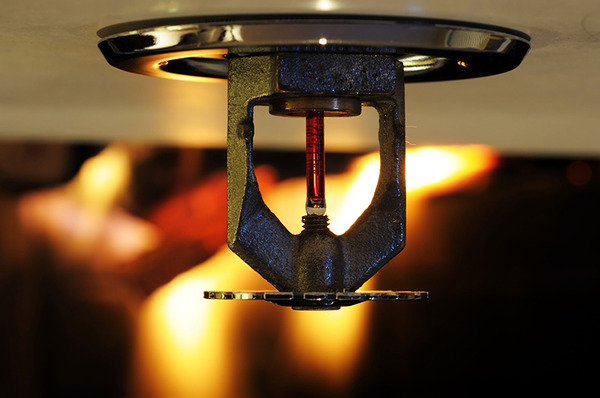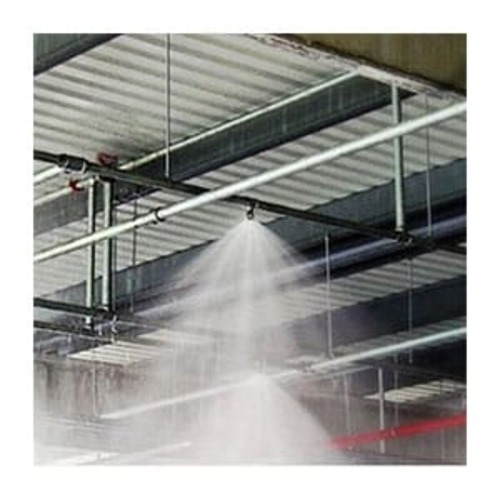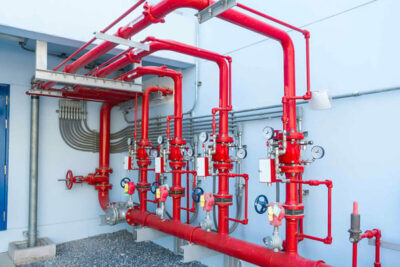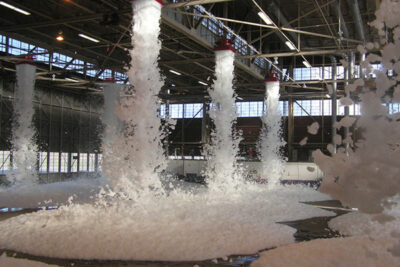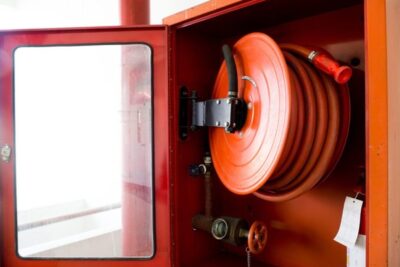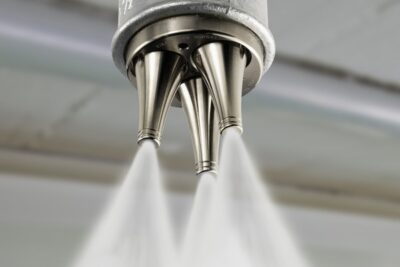Automatic fire sprinkler systems are widely regarded as the most effective method of controlling fires caused by a broad range of hazards. Sprinkler fire systems work by using a water supply system that provides adequate pressure and flow rate to a water distribution piping system, to which sprinkler heads are connected. The sprinkler heads are installed in ceilings or side walls, and are designed to operate individually when exposed to heat.
Sprinkler systems can automatically detect a fire, transmit an alarm and control the fire. This can be the difference between a minor accident and a major business shutdown. Led by professional project managers, Gielle’s engineers design, install and commission reliable, cost-effective sprinkler systems by carefully analysing your buildings and facilities in terms of occupancy, operation and fire risk.


